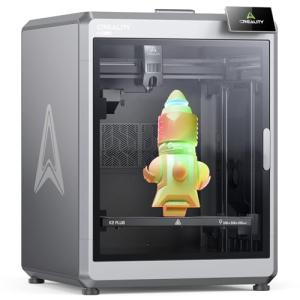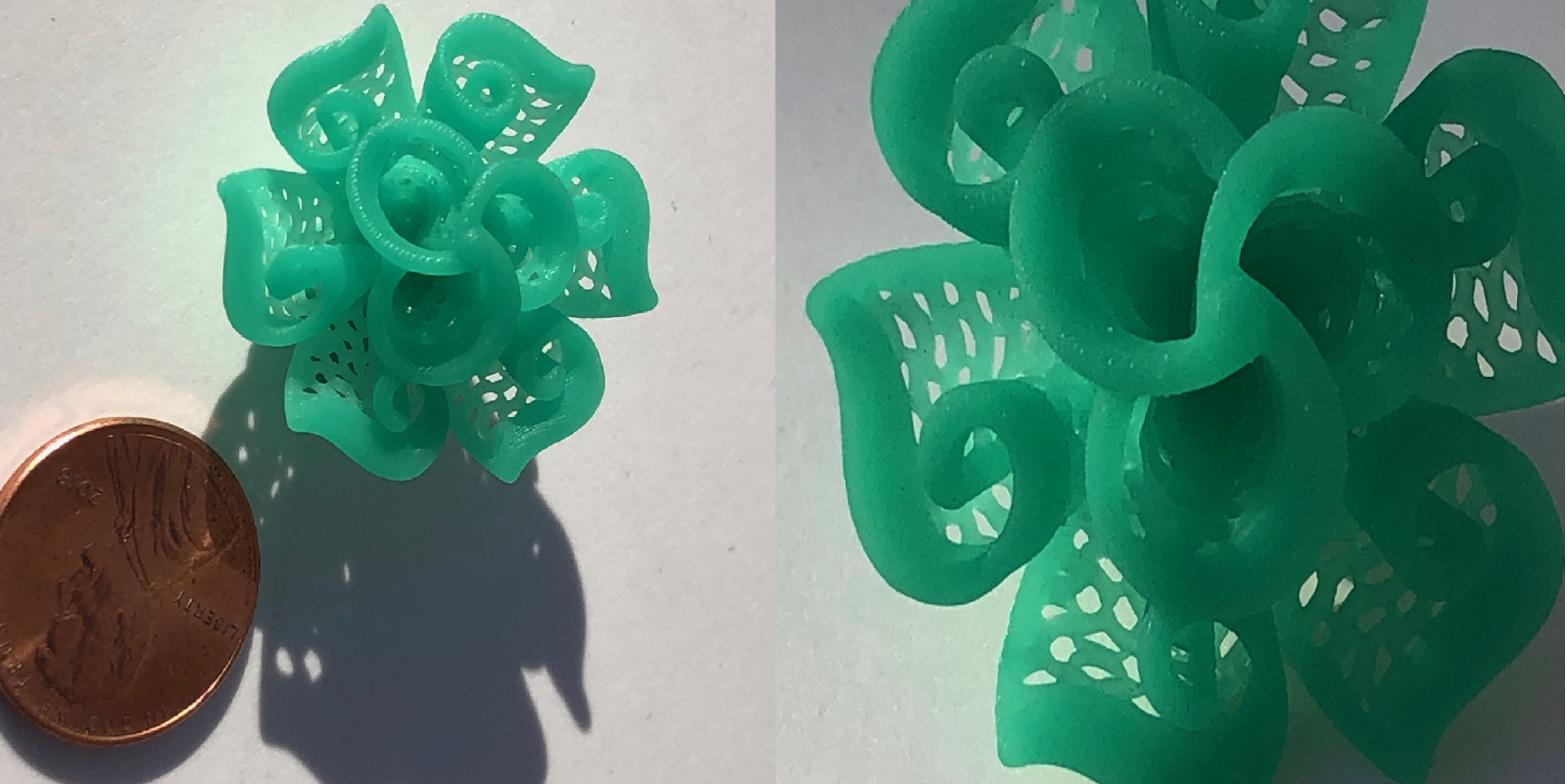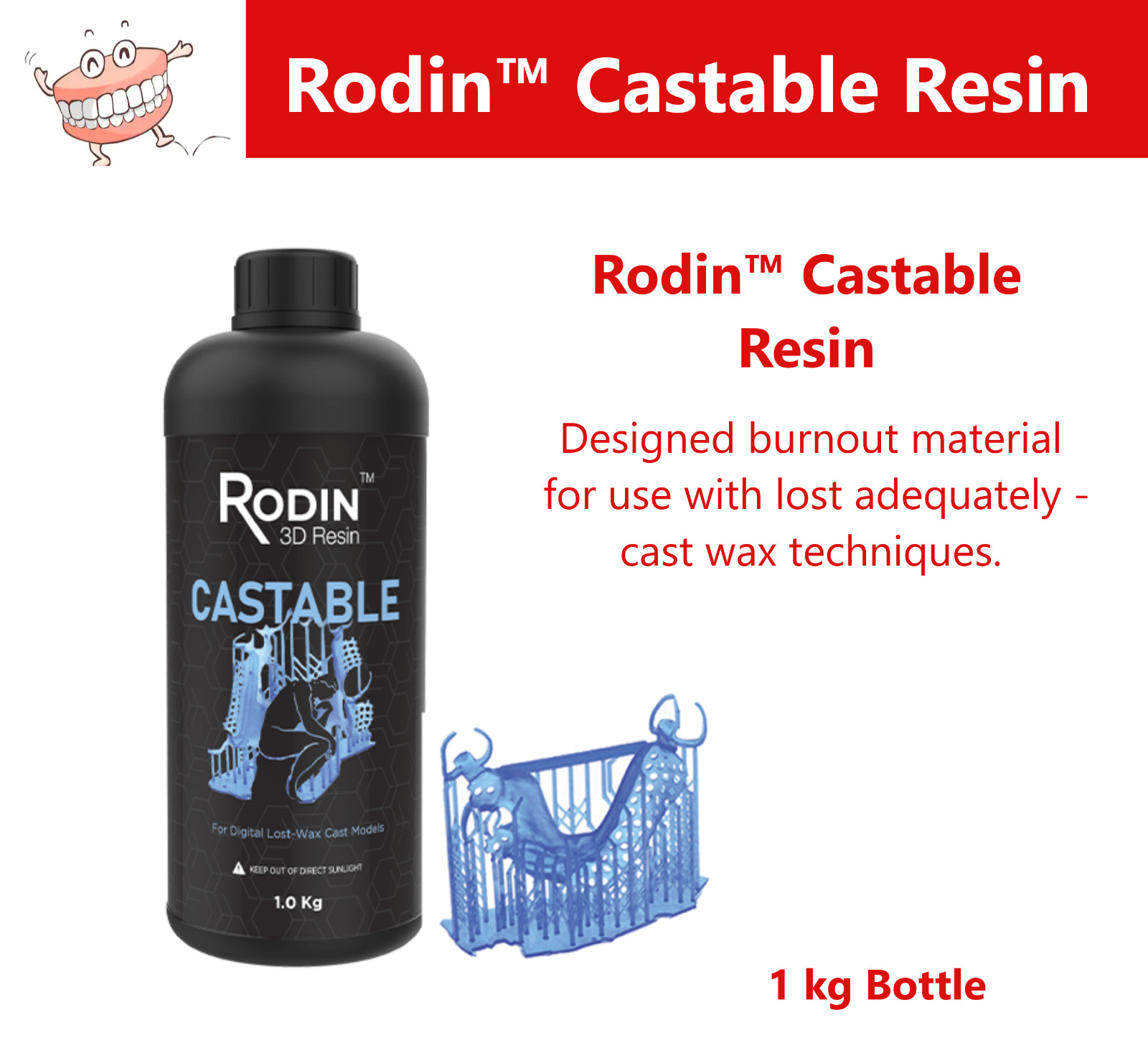When you're diving into the world of 3D printing, choosing the right 3D printing material matters a lot. Each material has its own quirks, benefits, and best use cases. Let’s break down some top choices that can really boost your printing game.
PLA (Polylactic Acid): This is a favorite among beginners. It’s super easy to work with and doesn’t require a heated bed. Plus, it’s biodegradable and comes in tons of colors! If you’re looking to print models, prototypes, or decorative items, PLA is your go-to material.
ABS (Acrylonitrile Butadiene Styrene): Known for its toughness, ABS is great for functional parts that need to withstand a bit of wear and tear. Just keep in mind that it produces some fumes, so using it in a well-ventilated area is key. It’s perfect for making parts that need strength, like phone cases or toys.
PETG (Polyethylene Terephthalate Glycol): This material strikes a balance between flexibility and strength. It’s resistant to impact and moisture, making it ideal for items that might face the elements. If you want something durable but still easy to print, PETG is a solid choice.
Nylon: If you’re looking for a 3D printing material with excellent strength and flexibility, nylon is hard to beat. It’s great for creating durable parts that need to bend without breaking, like gears or functional prototypes. Just be aware that it can be tricky to print, so some experience helps!
PLA for Easy Printing
If you’re stepping into the world of 3D printing, PLA is the way to go. It’s like the starter pack for beginners. This 3D printing material is super popular because it’s so user-friendly. You don’t have to be a tech whiz to get great results!
One of the best things about PLA is its low melting temperature. This means it sticks to the build plate really well, reducing the chances of warping. If you’ve had issues with pieces lifting up or shifting while printing, PLA comes to the rescue. You can print at a comfortable temperature, making it easier to handle.
Another plus? PLA comes in a rainbow of colors and finishes. Whether you're going for that classic white or a funky neon shade, there's a PLA that fits your vibe. It’s perfect for everything from prototypes to fun decorative items, so you can let your creativity run wild.
Plus, PLA is biodegradable. If you're looking to be eco-friendly, this is the 3D printing material for you. You can feel good about making awesome stuff while being kind to the planet. For ease of use, variety, and environmental friendliness, you can't go wrong with PLA!
Creality K1C 3D Printer - Fast 600mm/s Printing
Experience lightning-fast printing speeds that bring your ideas to life in no time
Product information
$623.00 $419.00
Product Review Score
4.7 out of 5 stars
28 reviewsProduct links
ABS for Toughness and Durability
If you’re looking for toughness and durability in your 3D prints, ABS is your go-to 3D printing material. This stuff is known for being super strong, which makes it ideal for creating items that need to withstand some wear and tear. Whether you’re designing something for a mechanical project or just want a sturdy model, ABS has got your back.
One of the best things about ABS is its ability to handle heat. It won’t warp or lose its shape under normal conditions, making it great for parts that will be used in warm environments. Plus, it’s really easy to sand and paint, so you can finish your project just the way you want it. If you’re working on something that needs to look good and stand up to life’s bumps, you’ll love using ABS.
Keep in mind, though, that ABS can be a bit more challenging to print compared to other materials. You’ll want a 3D printer with a heated bed to help reduce warping. It also releases some fumes during printing, so it’s a good idea to work in a well-ventilated area. But don’t let that scare you off—many people find that once they get the hang of it, ABS can deliver amazing results.
In terms of cost, ABS is pretty budget-friendly. It’s a common choice for both beginners and experienced hobbyists alike. If you want something tough and reliable without breaking the bank, ABS is a solid choice in the world of 3D printing material. Get ready to create some amazing items that can take a beating!
Creality K2 Plus 3D Printer with Multicolor Printing
Bring your ideas to life with vibrant, multicolor prints and user-friendly features
Product information
Product Review Score
4.58 out of 5 stars
213 reviewsProduct links
PETG for Flexibility and Strength
PETG is an awesome choice if you're looking for a 3D printing material that packs a punch with both flexibility and strength. This material doesn’t just look good, it performs well too. It’s perfect for a range of projects, from functional prototypes to durable end-use items.
One of the big perks of PETG is its ability to withstand impact without breaking easily. If you’ve ever had a PLA part snap on you, you’ll appreciate PETG’s toughness. It handles bumps and drops like a champ, which is key for those everyday objects you're creating.
Another cool thing about PETG is how easy it is to print with. It sticks nicely to the bed without warping, so your prints come out smooth and precise. Plus, it’s less sensitive to moisture compared to other materials, which means you can focus on printing rather than worrying about storage.
If you want something that's not too rigid but still holds its shape well, PETG is the way to go. It's flexible enough for things like phone cases but sturdy enough for things like tool handles. If you're diving into the world of 3D printing materials, definitely give PETG a try—you'll be impressed with what you can create!
TPU for Rubber-like Applications
TPU, or Thermoplastic Polyurethane, is a fantastic choice for anyone looking to create rubber-like applications with their 3D printer. This versatile 3D printing material is loved for its flexibility, durability, and resistance to wear and tear. Whether you’re making phone cases, shoe soles, or fun little toys, TPU gives you the kind of stretchy and bouncy feel that hard plastics just can’t match.
One of the best parts about TPU is how easy it is to work with, especially if you're used to working with standard filaments like PLA or ABS. It sticks well to build surfaces and prints smoothly with proper settings. Just keep in mind that it’s a bit more elastic, so you may need to tweak your printer's settings a bit for the best results. But once you get it dialed in, the outcome is totally worth it!
This 3D printing material isn’t just about looks; it’s also about performance. TPU boasts great impact resistance, making it ideal for projects that need a bit of extra toughness. Plus, you can use it in a range of temperatures without worrying too much about it deforming. That makes it a solid pick for a variety of indoor and outdoor projects.
Whether you're a hobbyist looking to create cool prototypes or a small business owner wanting to print custom products, TPU can elevate your 3D printing game. With its impressive properties and ease of use, this rubber-like material becomes a go-to for anyone ready to explore what flexible printing can do.








